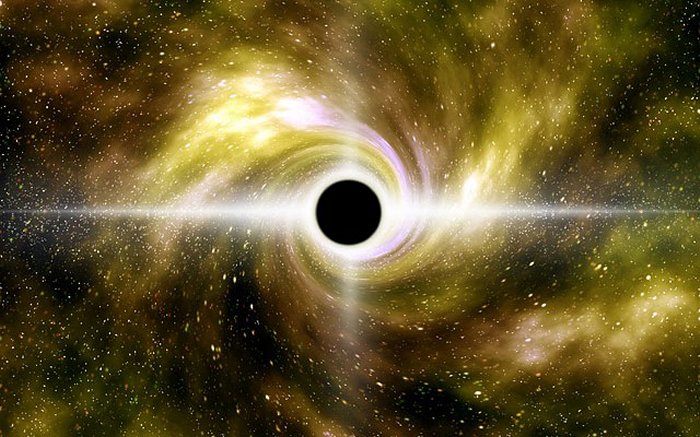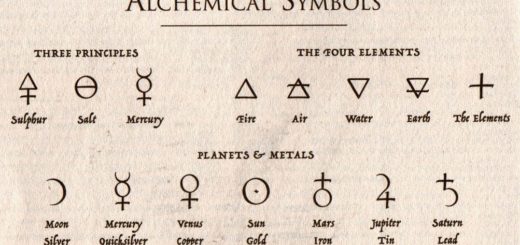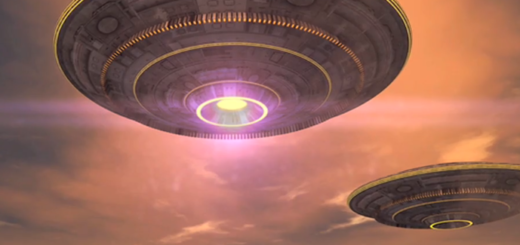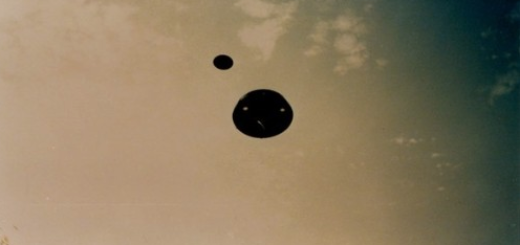Researchers Once Again Focus On V404 Cygni – Existing Models Of Black Holes Are Now Challenged
Astronomers at the University of Florida and the University of Texas at San Antonio, have observed the magnetic field of a black hole within the Milky Way from multiple wavelengths.
The object of their study is the black hole called V404 Cygni (a binary microquasar system), located in the constellation of Cygnus, the swan at the distance of approximately 7,800 light-years. V404 Cygni contains about 10 times the mass of our own sun.

Still, its magnetic field is much weaker than it was previously thought.
A black hole is a place in space where gravity pulls so strongly that even light cannot escape its grasp. Black holes usually form when a massive star explodes and the remnant core collapses under the force of intense gravity.
“The Earth, like many planets and stars, has a magnetic field that sprouts out of the North Pole, circles the planet and goes back into the South Pole. It exists because the Earth has a hot, liquid iron rich core,” said Chris Packham, associate professor of physics and astronomy at The University of Texas at San Antonio (UTSA).
“That flow creates electric currents that create a magnetic field. A black hole has a magnetic field as it was created from the remnant of a star after the explosion.”
Flaring Black Hole Accretion Disk in the Binary System V404 CygniThere is also an earlier (2015) research on V404 Cygni from the University of Florida that revealed a much weaker magnetic field than predicted by currently used models — link below.
See also:
Magnetism Of Supermassive Black Holes Much Weaker Than Previously Thought, New Study Shows
“We need to understand black holes in general,” Packham said.
“If we go back to the very earliest point in our universe, just after the big bang, there seems to have always been a strong correlation between black holes and galaxies.
“It seems that the birth and evolution of black holes and galaxies, our cosmic island, are intimately linked. Our results are surprising and one that we’re still trying to puzzle out.”
Original story – here.



 Creators of mankind
Creators of mankind Description of “Tall white aliens”
Description of “Tall white aliens” Where they came from?
Where they came from? About hostile civilizations
About hostile civilizations The war for the Earth
The war for the Earth “Tall white aliens” about eternal life
“Tall white aliens” about eternal life Video: “Nordic aliens”
Video: “Nordic aliens” Aliens
Aliens Alien encounters
Alien encounters The aliens base
The aliens base UFO
UFO Technology UFO
Technology UFO Underground civilization
Underground civilization Ancient alien artifacts
Ancient alien artifacts Military and UFO
Military and UFO Mysteries and hypotheses
Mysteries and hypotheses Scientific facts
Scientific facts


















